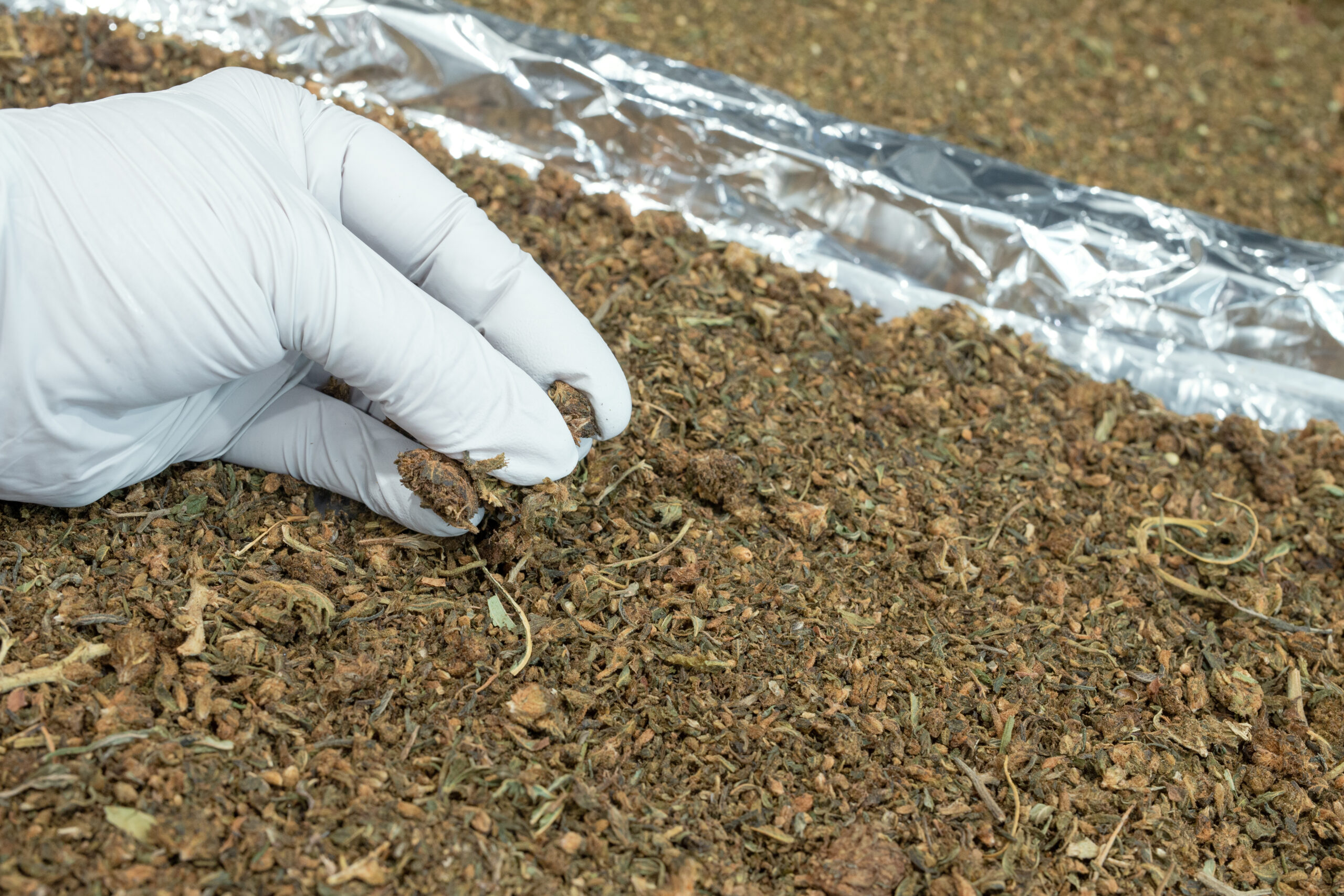
When we talk about cannabis we usually refer to two of its main components, tetrahydrocannabinol (THC) and cannabidiol (CBD).
What a lot of people don’t know, though, is that to obtain these two elements and take advantage of their properties it’s necessary to submit the raw material to the process of decarboxylation, that happens naturally with the combustion of cannabis for inhalation, but it has to be stimulated when the plant is used for edibles or for by-products such as oils, creams, extracts o distillates.
And that is what it is all about, how decarboxylation occurs and how to carry it out correctly.
WHAT DECARBOXYLATION IS
Decarboxylation is the chemical reaction of discharge through which carbon dioxide is separated from the molecule after the removal of one or more groups of carboxylics.
Specifically, in the case of cannabis, decarboxylation involves in particular the cannabinoids present in the plant in their acid form; as the acid tetrahydrocannabinolic (THCA), for example, or the acid cannabidiolic (CBDA), with decarboxylation, because thermically instable, lose carbon dioxide, transforming respectively into THC and into CBD allowing the benefit of their psychoactive and healing properties.
The decarboxylation process occurs thanks to heat, which needs to be monitored and even to guarantee a complete and balanced transformation of the substances. A correct decarboxylation also allows the removal of any moulds present in the raw material, an aspect that makes this step even more important.
HOW TO FOLLOW A CORRECT DECARBOXYLATION
Cannabis’ decarboxylation is crucial for the production of THC, CBD and other sub-products. To manage it correctly it’s important to keep in mind some passages including the treatment of the raw material, its temperature and the timing of the process.
THE RAW MATERIAL’S TREATMENT
It’s not necessary to grind cannabis before decarboxylation, but it’s preferable, because it allows the heat to distribute more evenly, without major differences in various parts of the material.
TEMPERATURES
As said before, when following a decarboxylation it’s important to pay attention to the heat, given that too high a temperature can decrease the quality of the raw material and lose the terpenes and aromas and, on the contrary, too low a temperature doesn’t allow the correct completion of the process correctly. For the proceedings we recommend a temperature between 100-130° C, depending on the timing at disposal.
TIMING
Timing varies according to two facts: heat and the quality of the raw material. In the first case,the higher the temperature, the quicker the decarboxylation; at 104° C, for example, more or less 4 hours are needed to complete the process. Approximately, though, it’s good to keep in mind that the rate of reaction doubles at every 10°C of increase of temperature: at 114°C, then, it’s already possible to halve the time.
Timeframes can vary based also on the freshness of the raw material : if the cannabis has been picked recently, its humidity is higher,so more time will be necessary to treat it than treating an already dry plant.

